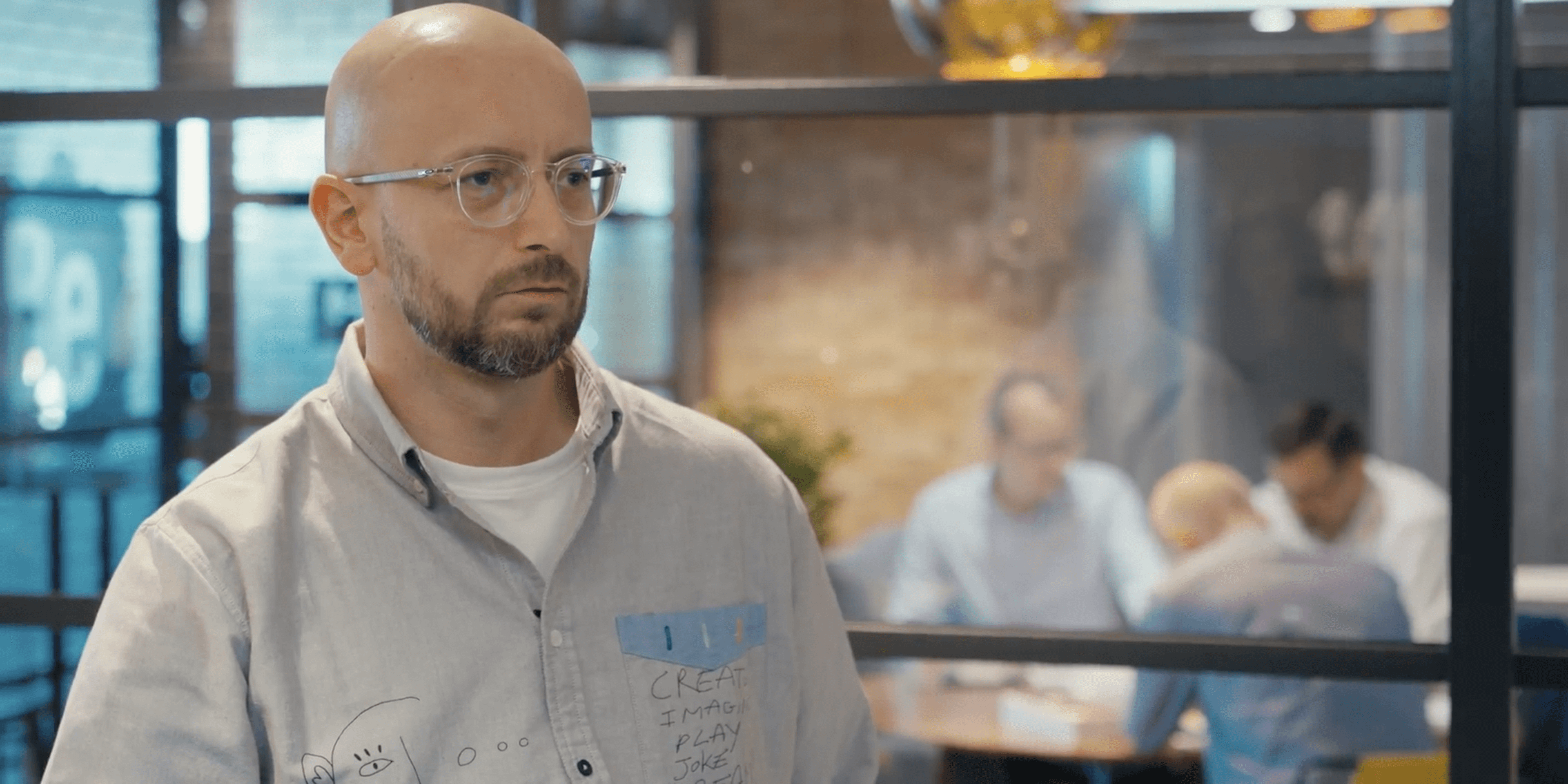Discover your clients needs
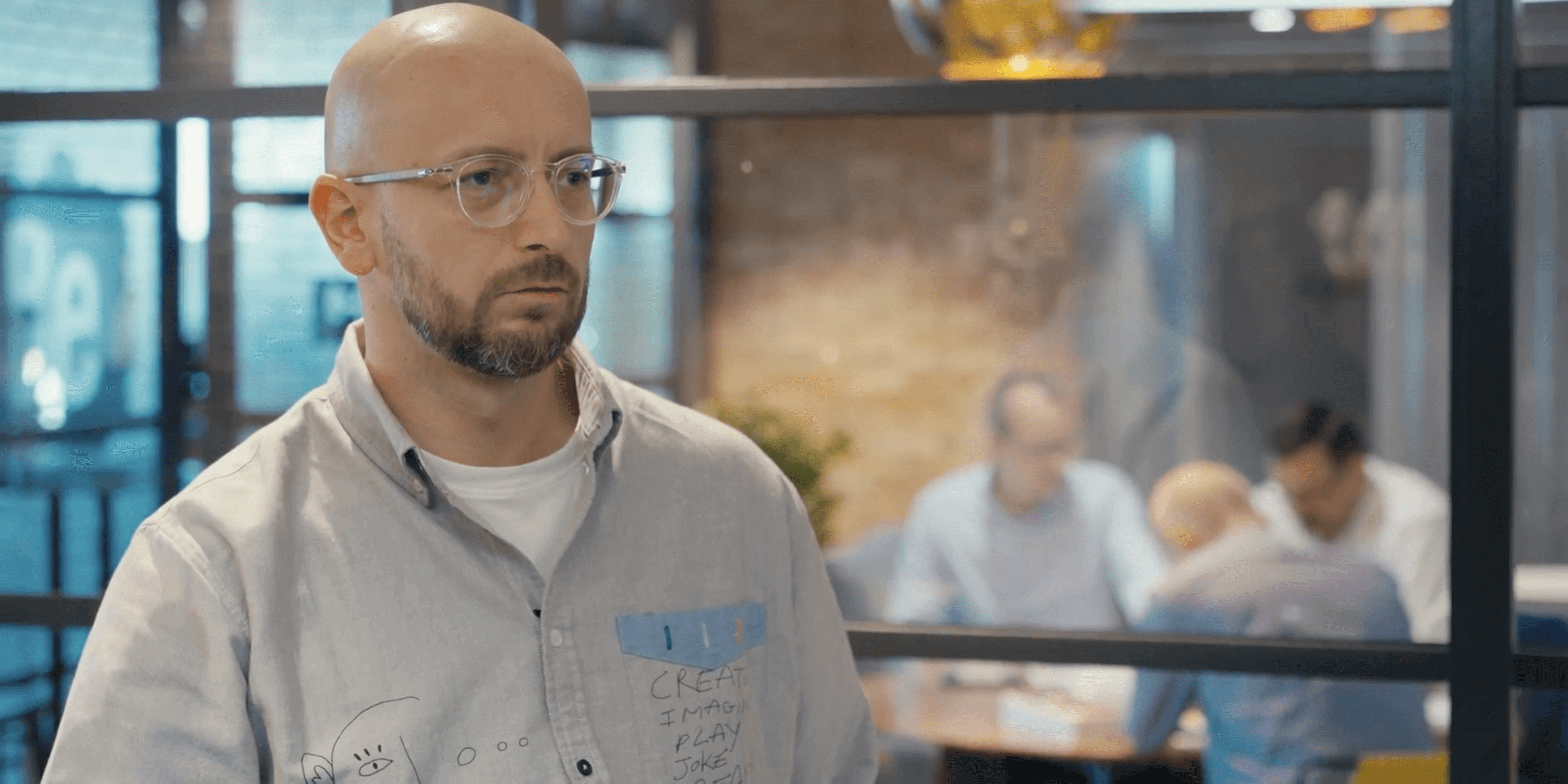
Design is not about how it looks like. It’s not about how it feels. Design is about creating a product that makes life easier and works effectively.
A comprehensive understanding of a product is vital, and it needs to happen before any work starts. Discovery Workshop is not just about finding the right solution, it primarily facilitates the crucial shared understanding between the
team and the client. It helps collect the information required to begin a project, mutually devise strategies to solve the problems. Discovery Workshops set a rock-solid foundation and help start off on the right foot.
What is it exactly?
Discovery Workshop is a crucial part of the planning phase in the development lifecycle. It helps align the project team, clients, and stakeholders. The Discovery Workshop is also the step needed to mutually explore the scope of your idea and get the project on the right track from the very beginning. By the end of the workshop, we will outline objectives and business goals, as well as streamline the whole process of development. Furthermore, the workshop is vital for anticipating critical business challenges – briefly, it saves time and money.
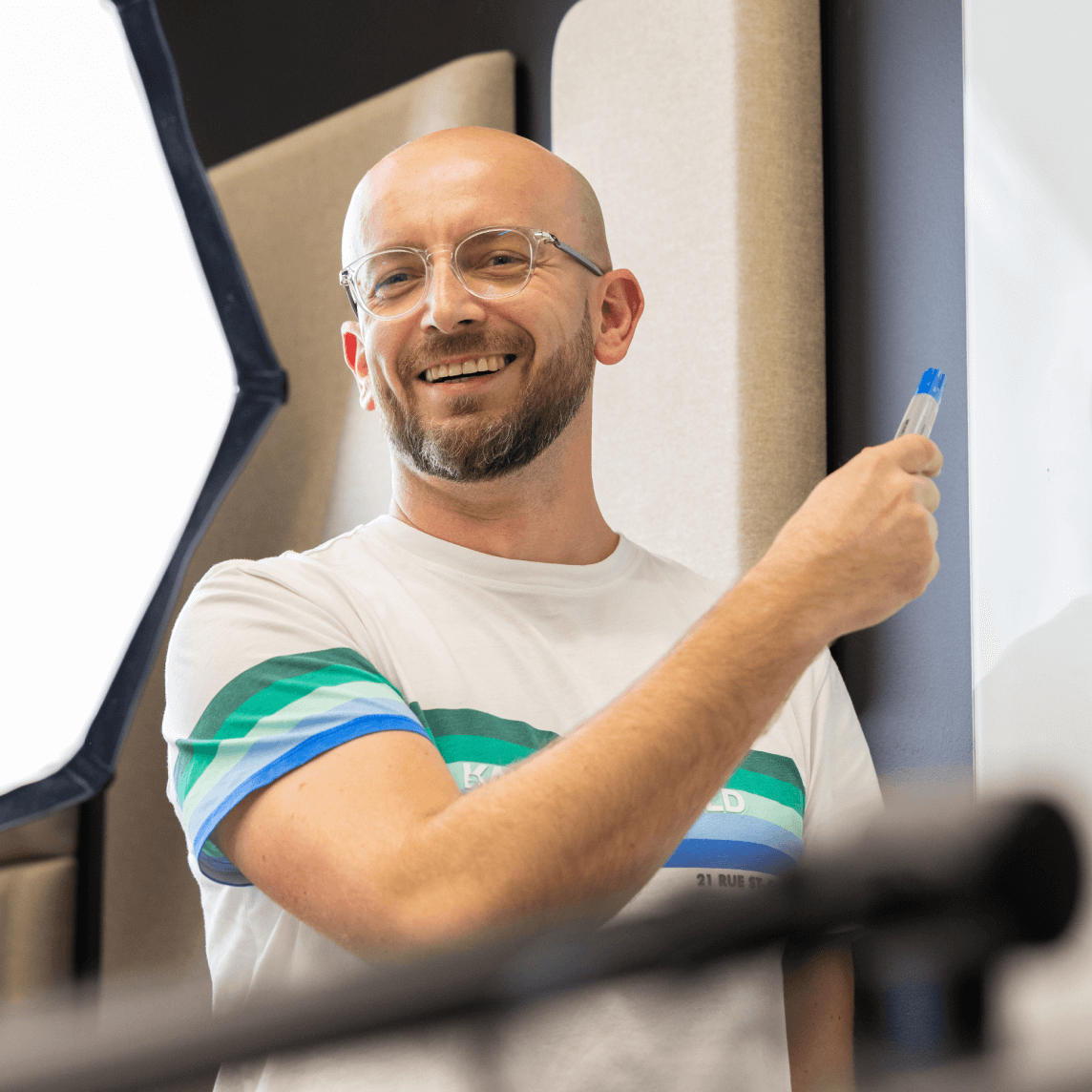
Why do you need it?
Set the goals
Assess the scope of work to save time
Target audience
Define user personas and map user journey
Value proposition
Stay ahead of the game in the market
Define metrics
We rely on data on the way to success
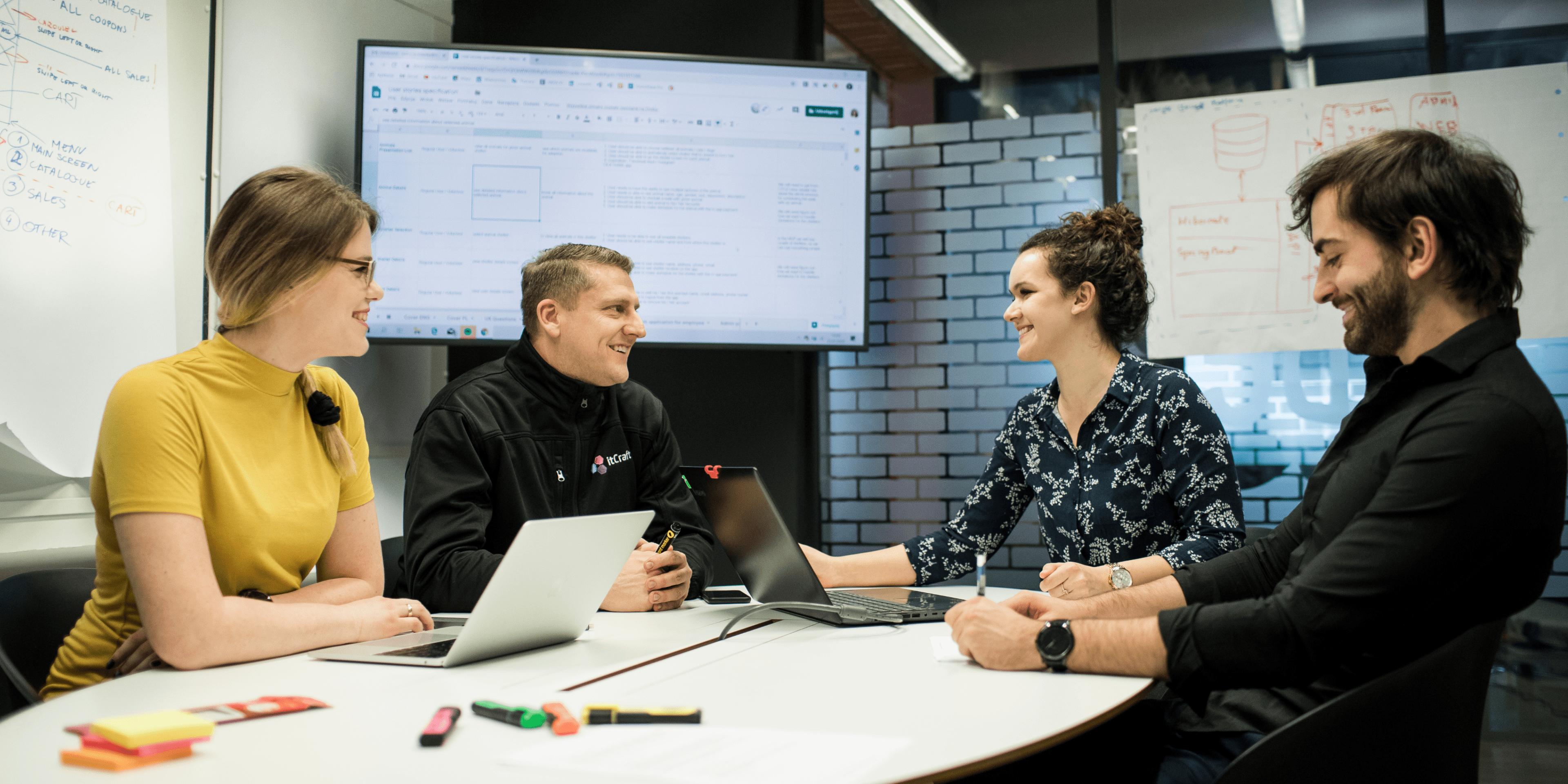
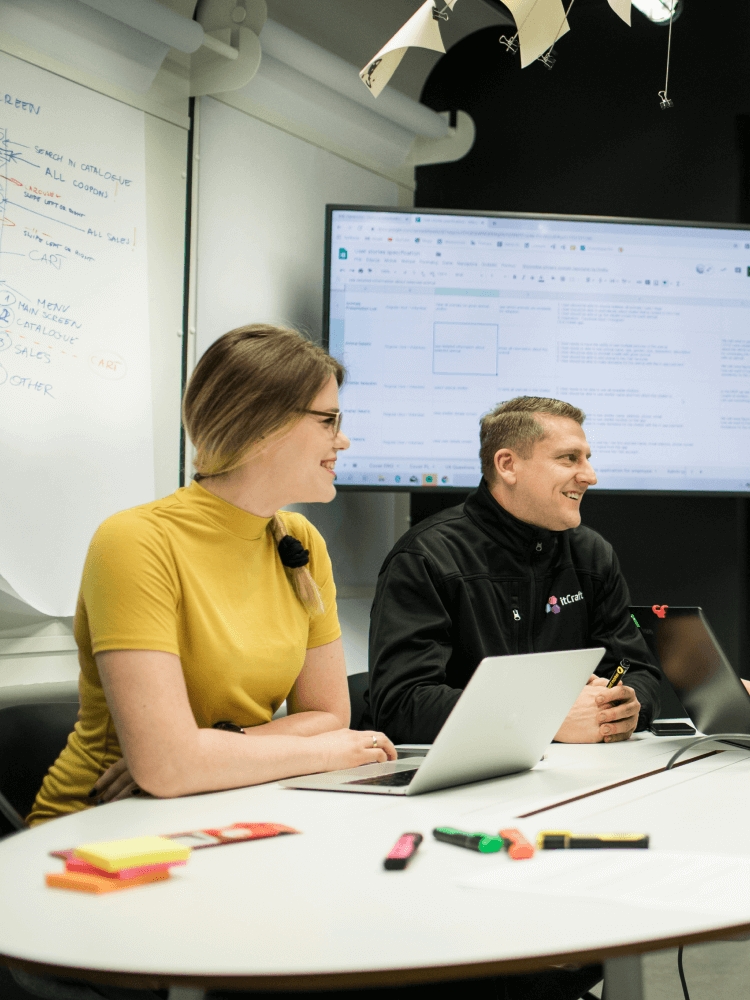
Key phases of Discovery Workshops
Phases
Description
Pre-workshop preparations
We need to get to know you and your business better. On our side, we will conduct the research about the market, your target audience, and other necessary factors that have to be considered. While we have a massive experience, we know that the market constantly evolves. When that part is done, both parties have to agree on the agenda, the tools, dates, and times – this is absolutely vital for success.
The ideation
Since we gathered the necessary information, it’s time to move with understanding of your business model and concept. In this phase, we will verify the concept through the proposed and agreed tools. What will be used here? Points of Parity, Points of Difference benchmarking, SWOT/TOWS analyzes, 4P/7P concepts, Empathy Maps, and anything else that will help verify the assumptions and ideas. We will also start writing user stories here.
User experience verification
With a massive load of ideas, we can proceed with verification of them. This phase is enriched with user experience flows and sketches. UX/UI designers along with Business & System Analysts will do their magic, that will result with defining the MVP scope and other useful information required to bring your vision to life.
The technical stuff
Time to clash the ideas with real life. In this phase, we match the business concept and designed UX flows with the most appropriate technology. Also, in this period, we adjust the priorities, choose the final technology stack and confirm the features. That’s really exciting to see your new digital product is coming closer to see the world (or, actually, the world is closer to seeing your new game-changer).
The post-workshop stuff
Assumptions are verified, priorities are set, you have the documentation. Hey, but that’s not all. You will also know exactly what are the recommended further steps and processes. Be prepared (and excited) because you will also provide feedback to us. This is the moment when your vision is going to be transformed into reality, and you’re a step away from witnessing tangible results. You’re prepared for the development.
Risks of skipping or rushing Discovery Workshops
Questions
Description
Teams are not aligned
Stakeholders’ vision comes from a discovered problem they want to solve. Thus, the designers have to create a solution that both matches that vision and fits to the market needs. That means the designers have to tweak the solution option they are being handed. The Discovery Workshops help align these two parameters in order to make every team member clearly understand what the result of work should be.
Time and money wasted
We understand that you are eager to see the wireframes and progress of work. Honestly, we share the same feeling, but without proper team and stakeholders alignment, as well as the understanding of goals and milestones, there’s a risk. Namely, the risk of wasting resources (time and money) as skipping or rushing Discovery Workshops results with countless iterations and discussions on the design.
The poor outcome
Sharing the same page is crucial to every project. If nothing is shared, the poor outcome is just a step away. This means that nothing is properly prioritized and each person on the project is focused on achieving a differently assumed goal. The point is to achieve the common goal; thus, Discovery Workshops are essential for facilitating the steps and for crafting a product that was primarily envisioned.
Unexpected issues
You know the Murphy’s law? If anything can go wrong, it surely will. So, it’s best to be prepared for obstacles. Just imagine – everything is going smoothly, but then suddenly, the feature that you were banking on disrupts the user experience. The flow has to be changed. Deadlines are exceeded, costs are higher. You surely don’t want that to happen. Discovery Workshops help avoid such situations.
No option to maximize value
Design thinking sessions with stakeholders can result in figuring something new, something that can maximize the value of the product. Moreover, the vision is now everyone’s vision, and that boosts productivity and motivation. Without the discovery phase, there’s no space for exploring the possibilities. Maximizing the value translates to better outcome and remarkable user experience.

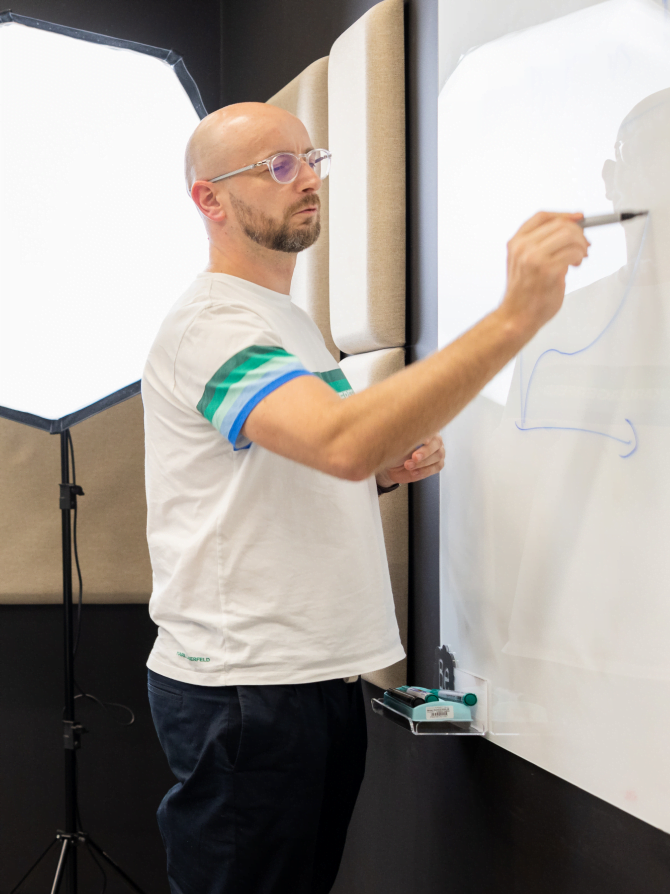
What you’ll get?
Definitely, you will save a lot of time. All the necessary question will be asked in advance (and during the product development lifecycle). There will be a structured roadmap, so the work is simplified. Teams will be aligned, so there won’t be a risk of focusing on assumptions, but on clear goals. You will be certain that the usage of resources is facilitated and optimized. And, of course, you will get the documentation with all the important information.What you will also get is the defined values (user, business, product) that match with specified personas and the business plan. What’s more, all of these will be verified with UX processes. This means one thing – the success of your new product.
- Defined: business value, user value, product value
- Values matched with properly defned user personas
- Values covered with business plan and Key Performance Indicators
- Values and metrics verified with user experience processes
